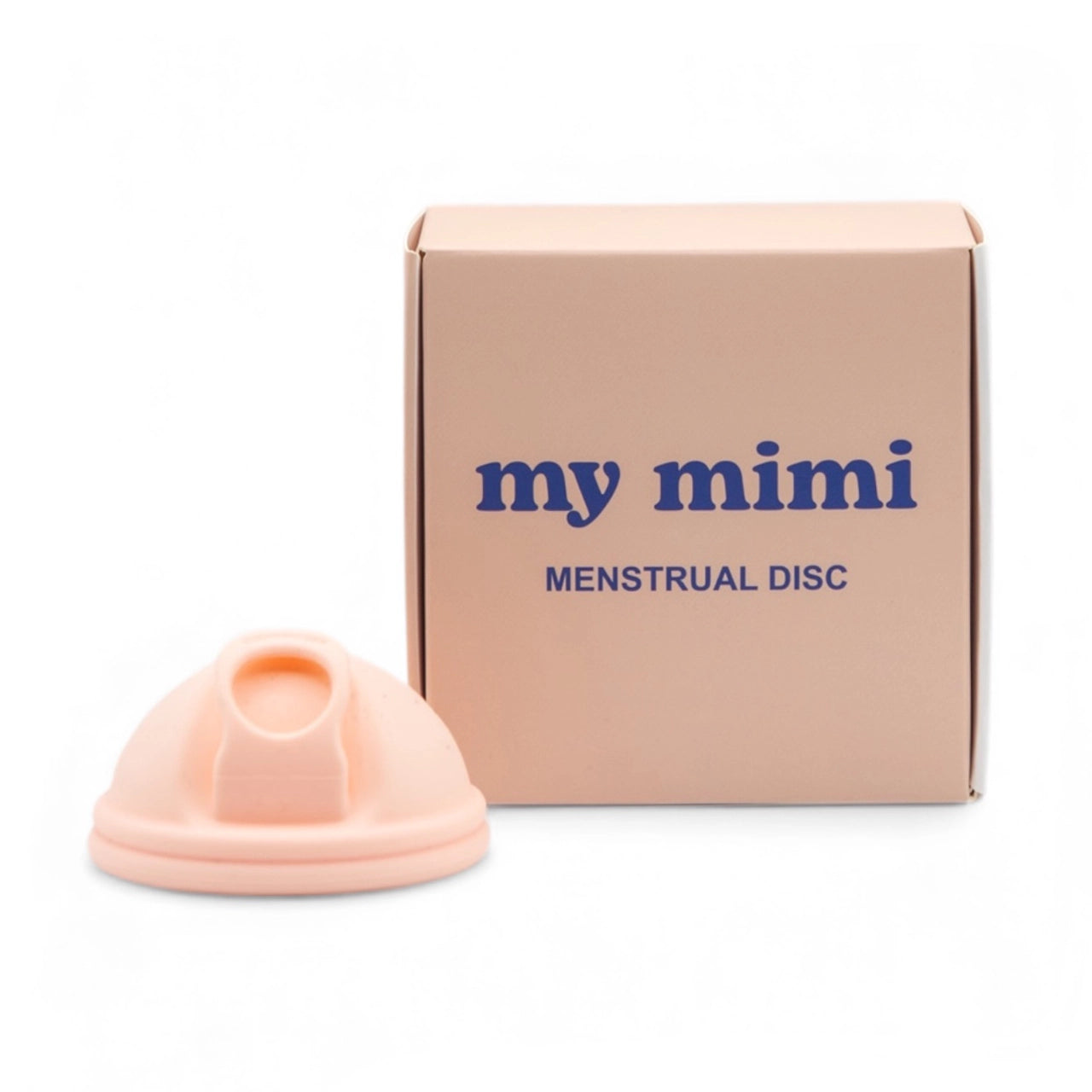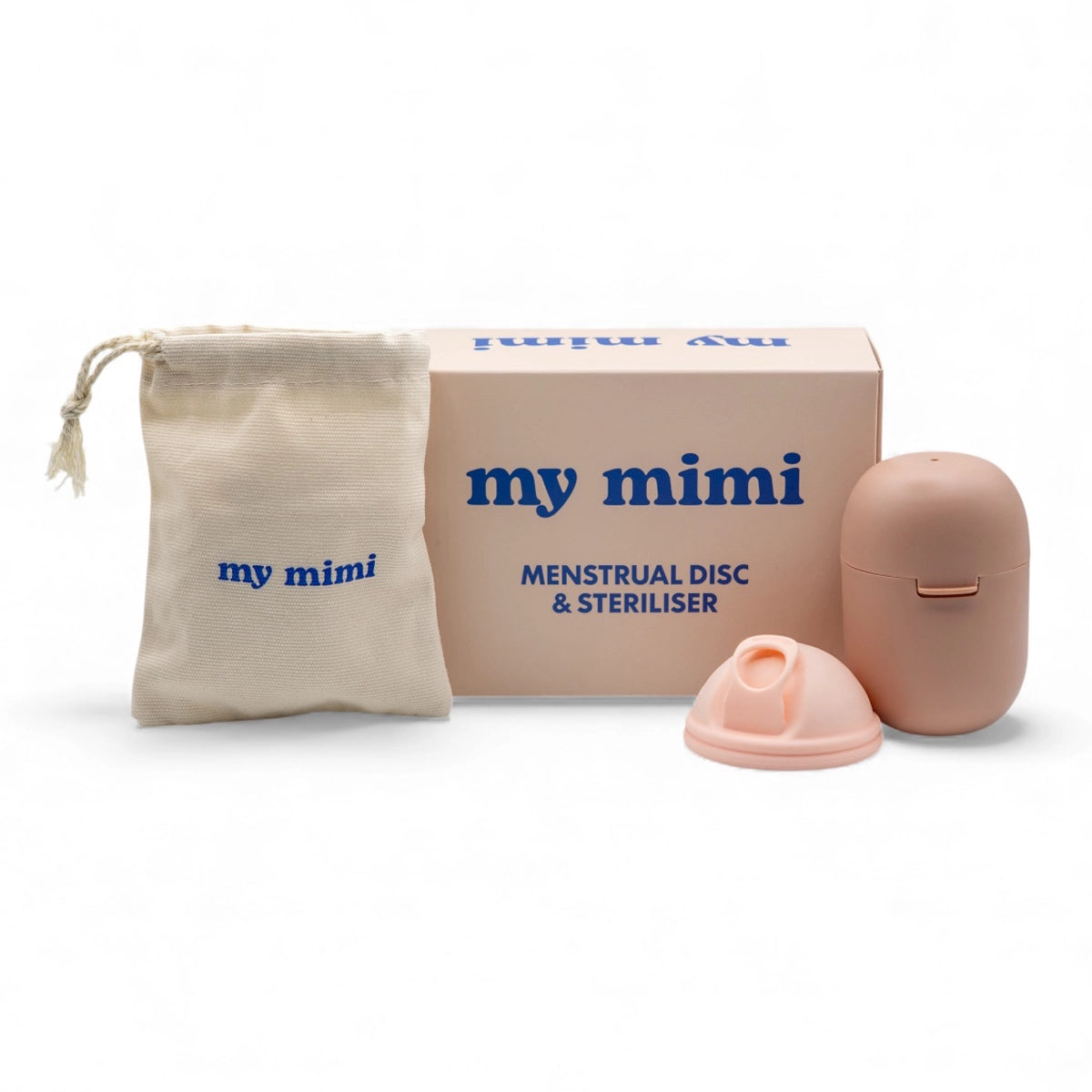Toxic Shock Syndrome (TSS) is a rare but potentially life-threatening condition linked to certain bacterial toxins. While often associated with tampon use, it can occur with other menstrual products - including menstrual cups and discs - if hygiene and wear guidelines aren’t followed. The good news? It’s preventable with the right care and awareness.
What is Toxic Shock Syndrome?
TSS occurs when bacteria, most commonly Staphylococcus aureus or Streptococcus pyogenes, release toxins into the bloodstream. These toxins trigger a rapid immune response, which can affect multiple organs if not treated quickly.
It’s rare - Australian health authorities estimate only a small number of cases each year - but it’s important to know the signs. Awareness is the first step in protecting yourself.
Symptoms to Watch For
TSS symptoms can develop suddenly and progress fast. Seek immediate medical attention if you notice:
- Sudden high fever (often 39°C or higher)
- Rash that looks like sunburn, especially on palms or soles
- Vomiting or diarrhoea
- Muscle aches and weakness
- Low blood pressure or dizziness
- Confusion or disorientation
Even if you’re not sure it’s TSS, it’s better to get checked quickly.
Causes and Risk Factors
The main cause is bacteria entering the body and releasing toxins. For menstrual users, the risks increase if products are:
- Worn for longer than the recommended time (usually 8–12 hours)
- Not cleaned or sterilised properly between uses
- Made from non-medical-grade materials or have damage that harbours bacteria
A reusable menstrual disc, when cared for correctly, poses a very low risk. The key is sticking to safe wear times and proper cleaning.
Reusable Menstrual Discs and Safety
A reusable menstrual disc is made from medical-grade silicone, designed for comfort and long-term use. It collects fluid rather than absorbing it, which helps maintain the vagina’s natural moisture balance.
Here’s how to keep it safe:
- Wash your hands before inserting or removing.
- Empty and rinse your disc every 8-12 hours, or sooner if your flow is heavy.
- Sterilise between cycles by boiling for 5-10 minutes.
- Store in a breathable pouch to prevent bacteria growth.
These steps significantly reduce the chance of bacteria thriving and causing infection.
Reducing Your Risk of TSS
- Never exceed the product’s recommended wear time.
- Avoid using a disc if you’ve had TSS before, unless cleared by a doctor.
- Follow size and fit recommendations for comfort and easy removal.
- Replace your disc if it becomes damaged, sticky, or develops odours.
Transitioning from pads or tampons to a reusable menstrual disc can improve comfort and reduce waste - without increasing your risk - if you follow these guidelines.
When to See a Doctor
If you have any TSS symptoms during your period, remove your menstrual disc immediately and seek urgent medical care. Tell the doctor what menstrual product you were using and how long it had been in place. Early treatment saves lives.
Final Thoughts
Toxic shock syndrome is rare, but it’s not something to ignore. By understanding the symptoms, knowing the causes, and practising good menstrual hygiene, you can use a reusable menstrual disc with confidence.
Safe use is simple: clean thoroughly, change regularly, and store properly. That’s how you protect both your health and your period freedom.
















